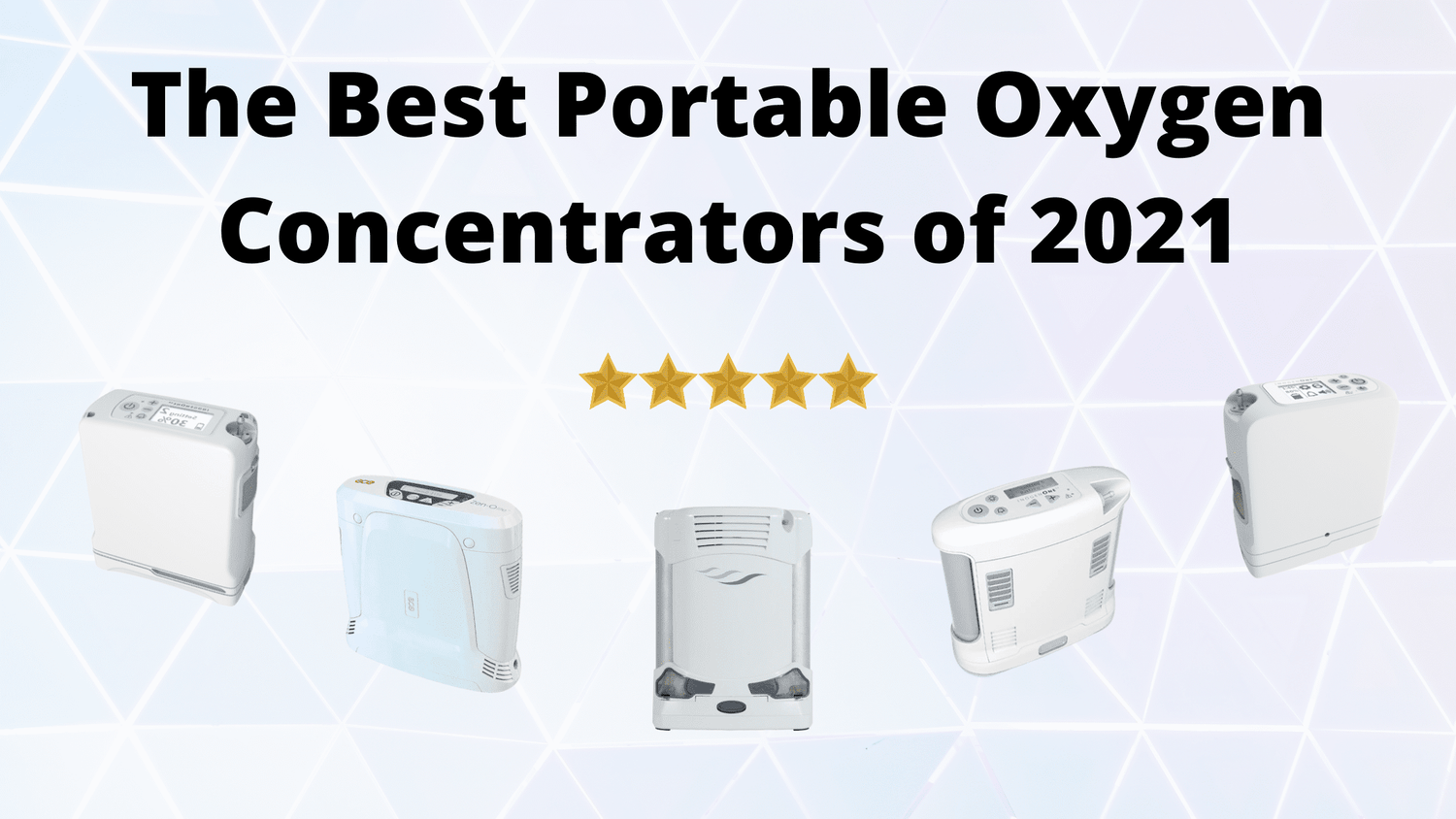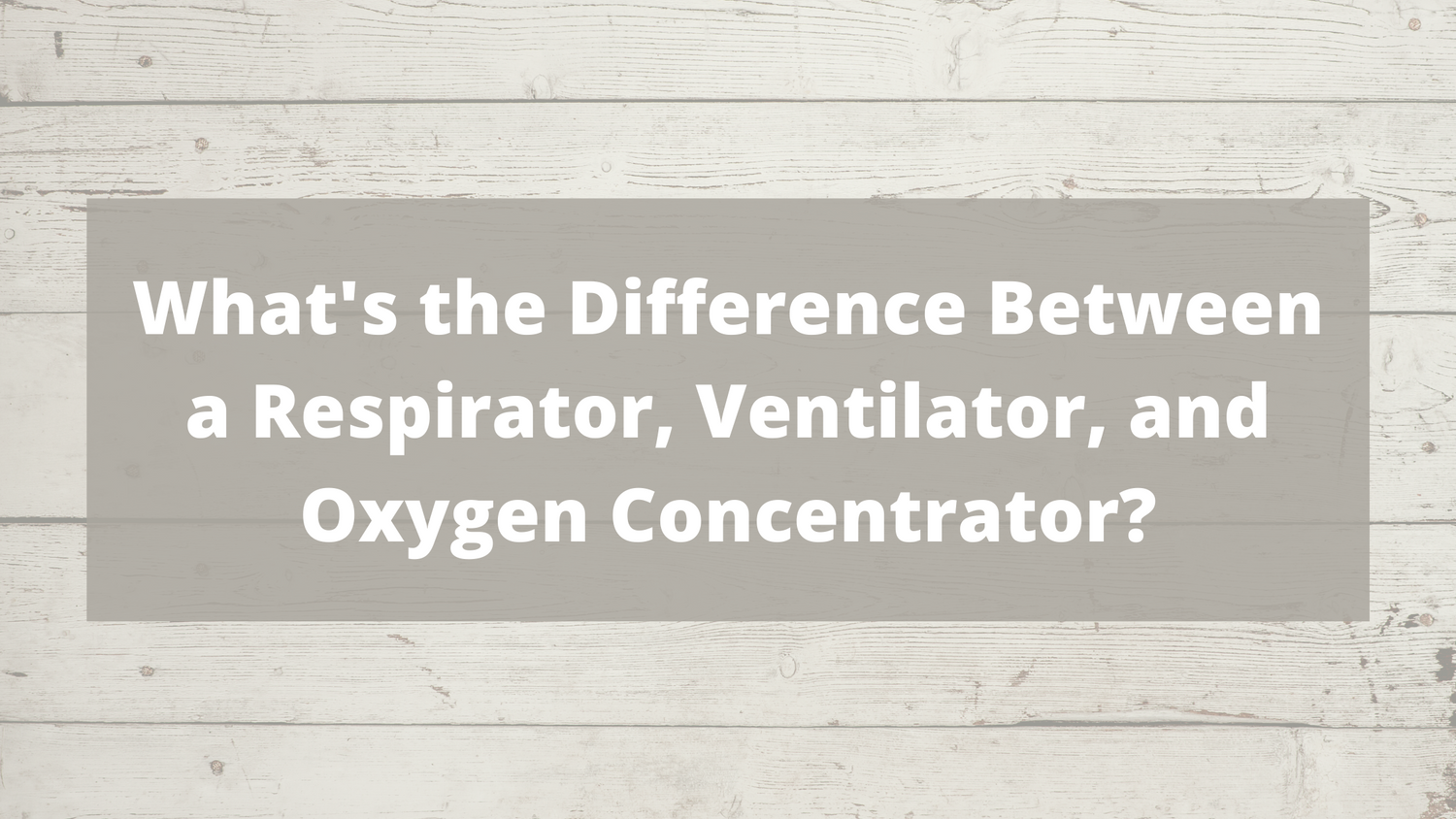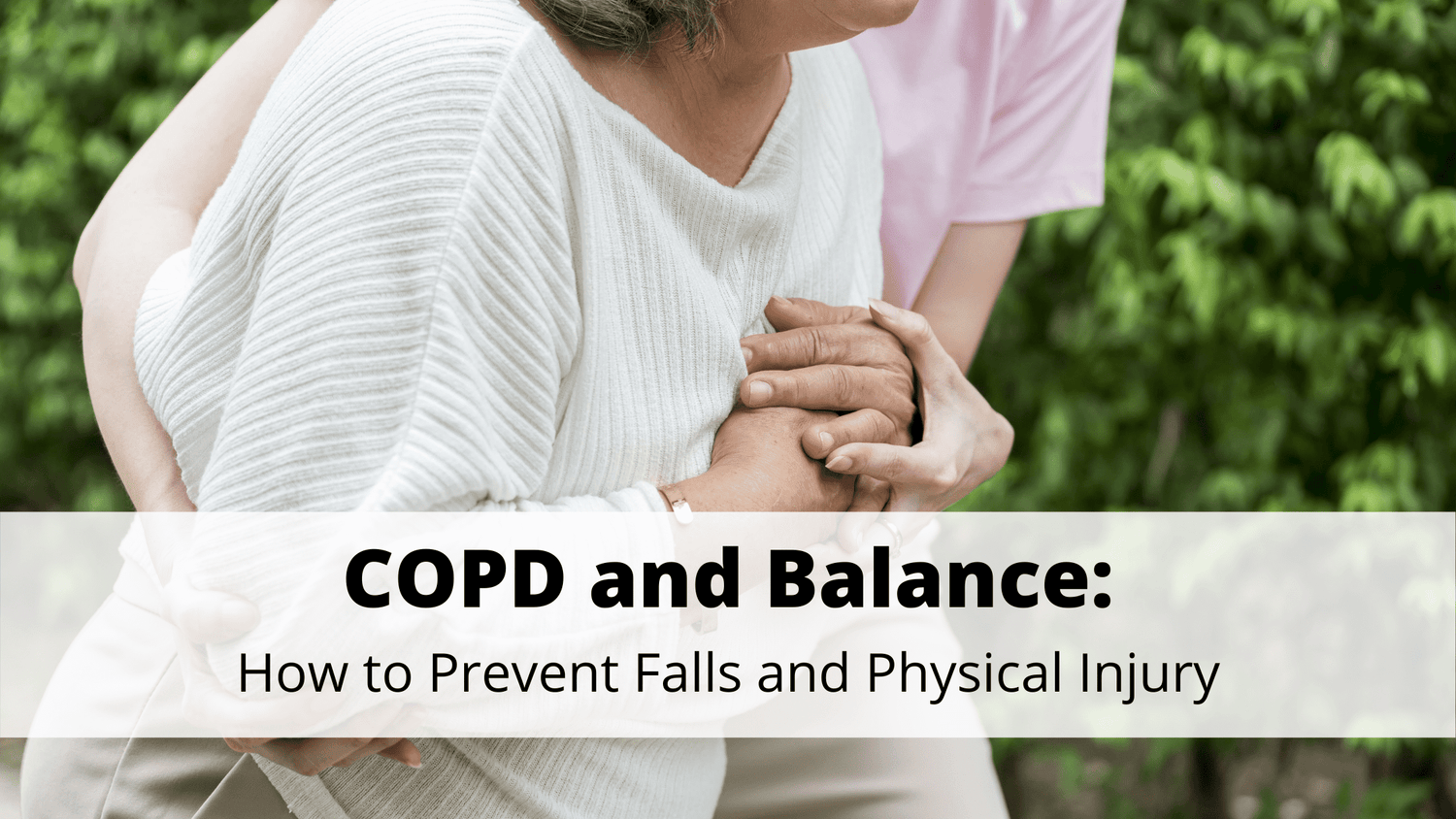Respiratory Resource Center - LPT Medical
The Best Portable Oxygen Concentrators of 2021
Around this time each year, friends and family all...
Read MoreWhat's the Difference Between a Respirator, Ventilator, and Oxygen Concentrator?
Medical terminology can be very challenging to understand sometimes....
Read MoreCOPD and Balance: How to Prevent Falls and Physical Injury
Most people don’t put a lot of thought into...
Read More


